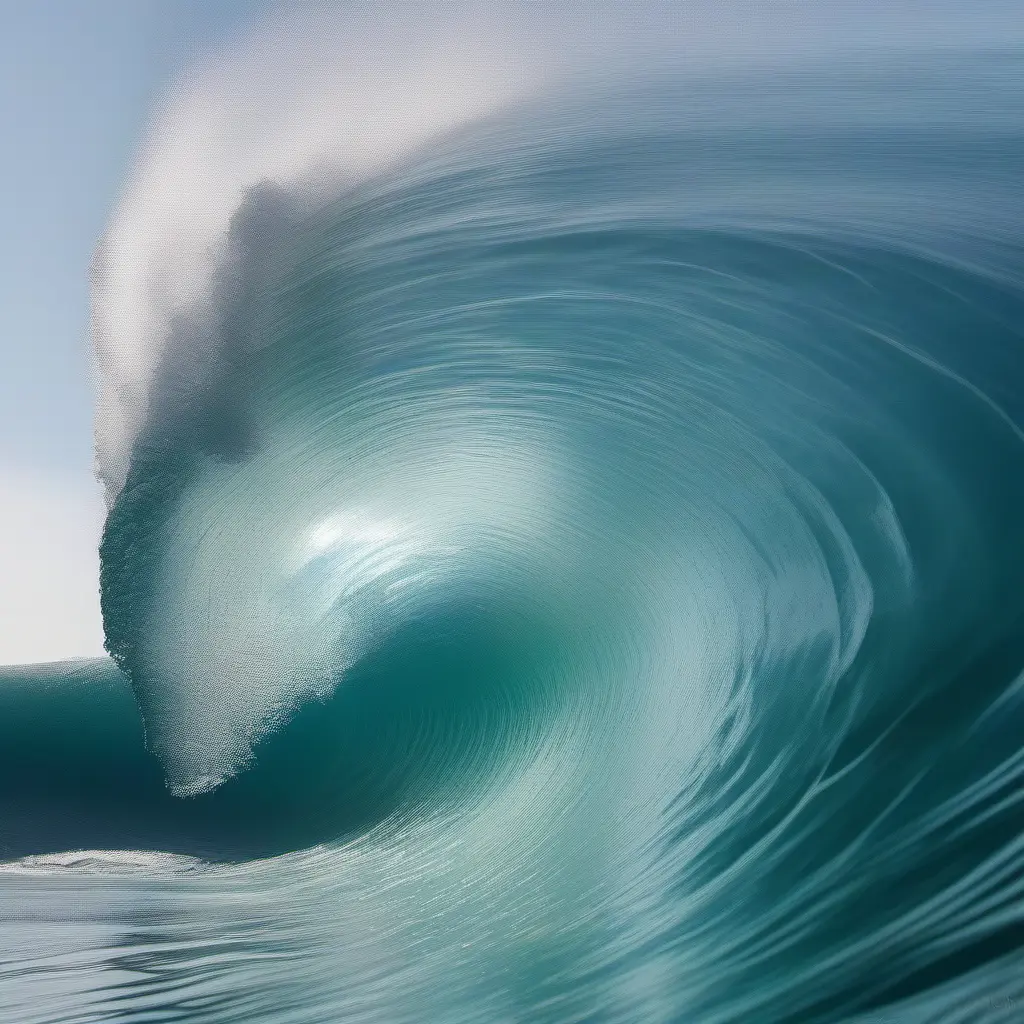This week, Max and Maria were joined by military analysts Michael Kofman and Rob Lee to discuss the latest phase of the war in Ukraine. Max and Maria asked them for their thoughts on the ongoing Ukrainian offensive in Kursk, and whether or not this seizure of Russian territory by Kyiv exposes Russian threats of escalation as hollow. If they are hollow, does that mean Western “red lines” on certain kinds of aid to Ukraine should be reassessed?


[continued from parent]
transcript 4
Mike: Amazing oversight that they suddenly rectified. Not all magical numbers, but Pentagon accounting for things that don’t have an actual market value can get pretty creative. One factor is that I think that some services are looking hard for ways that they can give away older equipment while getting reimbursement for this equipment well above the value of the equipment. I see that as bureaucratic politics. The Defense Department, as with defense department in any country, doesn’t want to give away high-end, low-availability weapons. One reason is that US gives security guarantees to countries, those countries come with operational requirements. Pinned down by operational requirements for plans for other people who you promised to defend. You can say that demands are too high, but as you know in the world of COCOMS – that’s combatant commands – that’s where the real fight is. Those folks are going to argue for their requirements and things allocated to their operational plans and so anything you want to take, high-end systems like Patriots, you are taking them from someone. People think that there’s some kind of base with Patriots. Not what’s happening. They’re taking Patriots that are actually deployed or allocated to COCOM in event that they have a contingency and are assigned to that plan and people are depending upon that system to be there. Even though the US may have 60, I can assure you that for all 60 or however many they are spoken for by somebody. So when you pull them from someone…political knifefighting. For many of these capabilities, big production backlog. The production backlog for Patriot missiles is something like seven years. That’s why this year they suspended exports to divert supplies to Ukraine until they are able to fulfill Ukrainian needs, because there’s no other way. That’s going to come at the expense of war orders for other countries. Somebody’s in that seven-year order pipeline and is going to get theirs later. When we turn to NATO…our European allies are good at many things, but buying ammunition is not one of them and having large capacities in defense capabilities is not one either. Having given away a lot of their equipment to Ukraine in the past two and a half years to Ukraine, they’re also focusing on rearmament. Now they’re concerned about how much they have left relative to how much they’ve given, that’s issue one, and issue two, looking at the US election, and they’re also unsure about US future commitments, what they can count on. That has a suppressing effect. If you don’t know what the future of the US role in Europe is going to be, you might be a bit hesitant about how much more you’re going to give until you have a sense of what your security environment looks like moving forward. People won’t say that, but I get the sense that that is out there as a background context. I observe a pretty large rhetoric-to-investment gap, especially in the third year of the war.
Maria: Thank you. Follow-up question. Wouldn’t war be beneficial in some ways for US military industrial production the same way that is has been for Russia? More people get employed, why so much resistance domestically to providing aid to Ukraine when good for US economy?
Mike: Without going down standard trope of “war is defense industrial policy”, the war has led the US to issue multi-year contracts for ammunition production and such, which we should have done anyway. One thing it has also done is shown a number of people that we are not prepared for a great power war. We are not prepared for a long, conventional war of attrition against a principal competitor like China. We’ve been talking about it, but you look at our production, it’s not there. Why? We reaped the peace dividend and the benefit of being a dominant superpower for many decades, so we’re short on mobilization capacity. The production capacity matches the need, which is efficient. Not a lot of slack in the system. Not to be glib about it, but modern weapon are complex. You can’t ramp them up that fast. We struggled to ramp up production of artillery shells. Can you imagine what it takes to ramp up production of Patriot missiles? Can’t ramp up rapidly the way you could 50, 70 years ago. Politically, should be easy; most aid is money that never leaves the United States. Corruption concerns are grossly overblown. We aren’t giving that much money to Ukraine at all. People have unfortunate misconception after seeing years or decades of the US giving suitcases of money in Iraq or Afghanistan. I don’t blame public or people in Congress for asking questions given how these wars were run and how then those people just left with those suitcases of cash in the end. That’s still fresh in the memory of some people, but this isn’t that war.
Max: I think that Congress has been surprised by how unprepared defense industry is to ramp up for great power war and how our stocks aren’t as deep as we expected. Maybe final question. Looking forward, given state of Kursk offensive, Russia also ramping up production but also having problems, how do you see balance of war playing out over next year, assuming steady state of US support, maybe another supplemental. Is tide running against Ukraine?
Rob: Podcast was supposed to be about Kursk and we didn’t really talk about Kursk. Got sidetracked. Overall situation, Mike and I were there in June. We’re optimistic. Russia had a number of advantages this year. When we go back to last year, Ukraine’s summer offensive failed, ended when they ran out of infantry. Suffered too much attrition, principal reason why it ended. Ever since, Ukraine has had deficit of manpower, been biggest issue. Also issue that US did not pass aid package, that became a problem too, but manpower’s really the more-significant issue. Ukraine has addressed these things. They also addressed the fortification things. When they passed the new mobilization bill, in April, went into effect in mid-May, and significantly increased number of soldiers. Since mid-May, numbers have increased dramatically. Russia has had manpower advantage over last year. Russia had been getting 25k, 30k people/month, now Ukraine is. If sustained, over time, brigades fill up. Our thesis is that Russia’s offensive potential start to degrade this fall and winter. Then Kursk created a lot of unpredictability. It’s a risky operation. It may pay off, but may not. If it doesn’t pay off, Russia may have made more gains than they otherwise would have. Our view before this was that this fall, this winter, Russian offensive potential would degrade, they’re running through armored vehicles at an unsustainable rate, that manpower issues will grow, and that if Ukraine just maintains a favorable attrition ratio of Russian forces, that things will continue to get better. We know that our ammunition capacity is increasing. We won’t achieve parity with Russian artillery production, but if we can reduce that rate, that can have a significant rate on the battlefield. If we catch up and Ukraine is able to maintain a higher rate of mobilization, then the situation should improve. Would give Ukraine options in 2025 to do offensives or other kinds of things. More unpredictability now with Kursk. Instead of new soldiers going to places like Pokrovsk, many went to Kursk instead, new brigades, question of resource allocation. Think Russia’s offensive will probably last longer now, into fall, since if Ukraine holds this area in Kursk then other areas are going to be exposed for longer. If they hold it until negotiations, then maybe it’s a good negotiation chip. Makes it more difficult to force negotiations on Ukraine, whether allies or anyone else. Gives Ukraine more leverage. We thought situation would improve in 2025, and I think it still will, but also depends on how Ukraine makes it through winter with energy infrastructure, that’s an open question, and how things go on both sides, how well they can mobilize and use resources. One thing that we’ve seen is that for both sides, sometimes military operations are dictated by political considerations, including short-term considerations, that are not always helpful militarily. Sometimes creates problems, influences how war goes. Have to wait and see. The Kursk operation was surprising, possible to see other surprising events moving forward that could significantly affect outcome of war. Think that resource situation looks better for Ukraine in 2025 than 2024, but how that plays out is an open question.
[continued in child]
[continued from parent]
transcript 5
Max: Mike, closing thoughts?
Mike: Think Rob pretty much nailed it. We have had similar experiences. Need to see how next few weeks play out. One of my big questions I have right now is that Russia and Ukraine face a dilemma. Ukraine can try to expand Kursk salient with more troops, see if it can try to cause Russia to divert more forces, try to set something else up, some other operation. However, that risks overextension and more risk in Donetsk. More territory they hold, more risk and tradeoffs. Russia also faces dilemma, which is can continue focusing on current offensives, but if they don’t counterattack, then they take risk that Ukraine will expand salient and will become worse and more embarrassing and that Ukraine will have time to further dig in and entrench. If they don’t mount a counterattack, it will be harder to displace Ukraine out of Kursk, and Ukraine could be holding this Kursk salient well into next year, which is basically what they intend to do. End of the day, military strategy is about tradeoffs. Seeing degree of decision points for both Ukraine and Russia as to how to move forward. Both Rob and I somewhat skeptical that Kursk can really change things, on the other hand, worth a shot, interesting to see what it can do for Ukraine. Also interesting to see how it affects Ukraine’s ability to defend at Pokrovsk and how that plays out. If there is an operationally-significant breakthrough by Russia, if Pokrovsk isn’t stabilized in coming months, may be linked to Kursk. Depends on how those things play out. Don’t know details of front, haven’t been there in two months. Ukrainian planning is emergent. Can’t predict what they will do next, just as we didn’t predict Kursk. Looking at Kursk, hard for us to say even what will happen next month.
Max: War is contingent [this is a favorite Kofman catchphrase], and there is a podcast for that. Thanks so much.